How GoPro Founder Nick Woodman Built a Billion Dollar Empire and Changed Action Sports Forever
“Think it. See it. Then do it. Boom.”
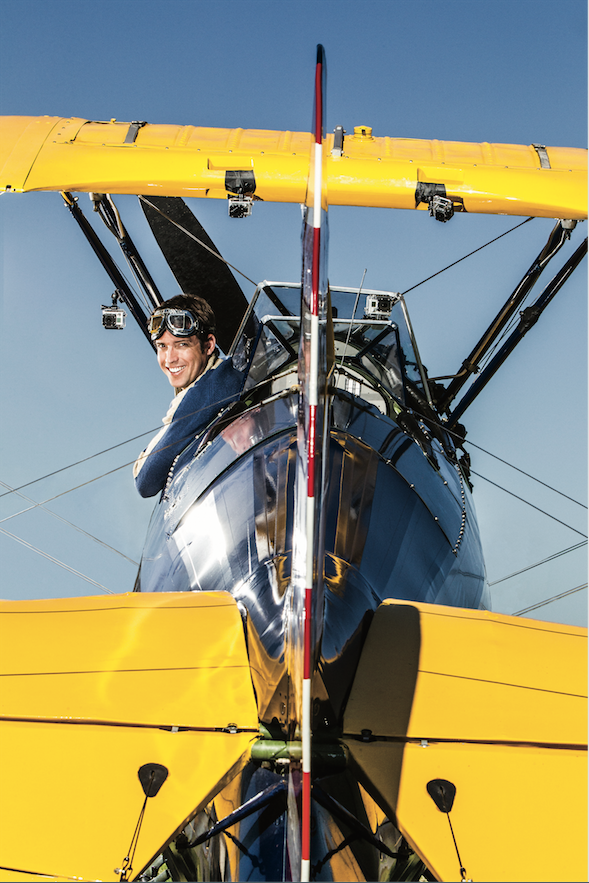
Not long after GoPro released its first product in 2004—a wrist-mounted, waterproof, 35mm still camera called the Hero—company founder and CEO Nick Woodman made a pilgrimage to the headquarters of home-shopping channel QVC in West Chester, Pennsylvania. The network was holding tryouts for new inventors eager to hawk their merchandise on-air, and after waiting in line with hundreds of other hopefuls, Woodman and his as yet untested creation were selected to appear.
“I was researching online and I saw an ad for QVC’s ‘Inventor Search’ competition, and it linked to an audition form and dates,” he says. “The only remaining date was at QVC’s headquarters in Pennsylvania in a few days. I figured I had a pretty good shot at getting on the show, so I bought a plane ticket and went for it. The line went outside of the building, and I was one of the last people to be interviewed. They loved my product idea and I made it on the show. That still ranks as an early career highlight for me and GoPro’s first break into the mass market. It was also an example of the power of having an ‘I am doing this’ attitude. Think it. See it. Then do it. Boom.”
Woodman took to the airwaves immediately following the people behind a first-aid kit for animals called Medi+Pet. Woodman’s appearance went well, setting off an unlikely business success story. Although rudimentary, the Hero was an immediate triumph, and Woodman moved nearly 3,000 of them during his 10-minute segment. GoPro made about $350,000 that year. In 2013, Woodman made Forbes’ World’s Billionaires list, with a net worth of $1.3 billion. And in 2014, Woodman became the highest-paid CEO in America, according to the Bloomberg Pay Index, earning a stratospheric $285 million.
Today, GoPro cameras are used by everyone from Olympic snowboarder Shaun White and Hollywood director Michael Bay to the NFL, police departments, and the U.S. military. Woodman travels in a GoPro Gulfstream G5 and will soon be the owner of a 180-foot yacht (with helipad) that accommodates 14 guests plus a dozen crew members. Despite some recent well-publicized setbacks, including a 47 percent revenue decline in the second quarter of 2016, followed by a drop of 40 percent in Q3, GoPro is still on track to generate between $1.25 billion and $1.3 billion for the year.
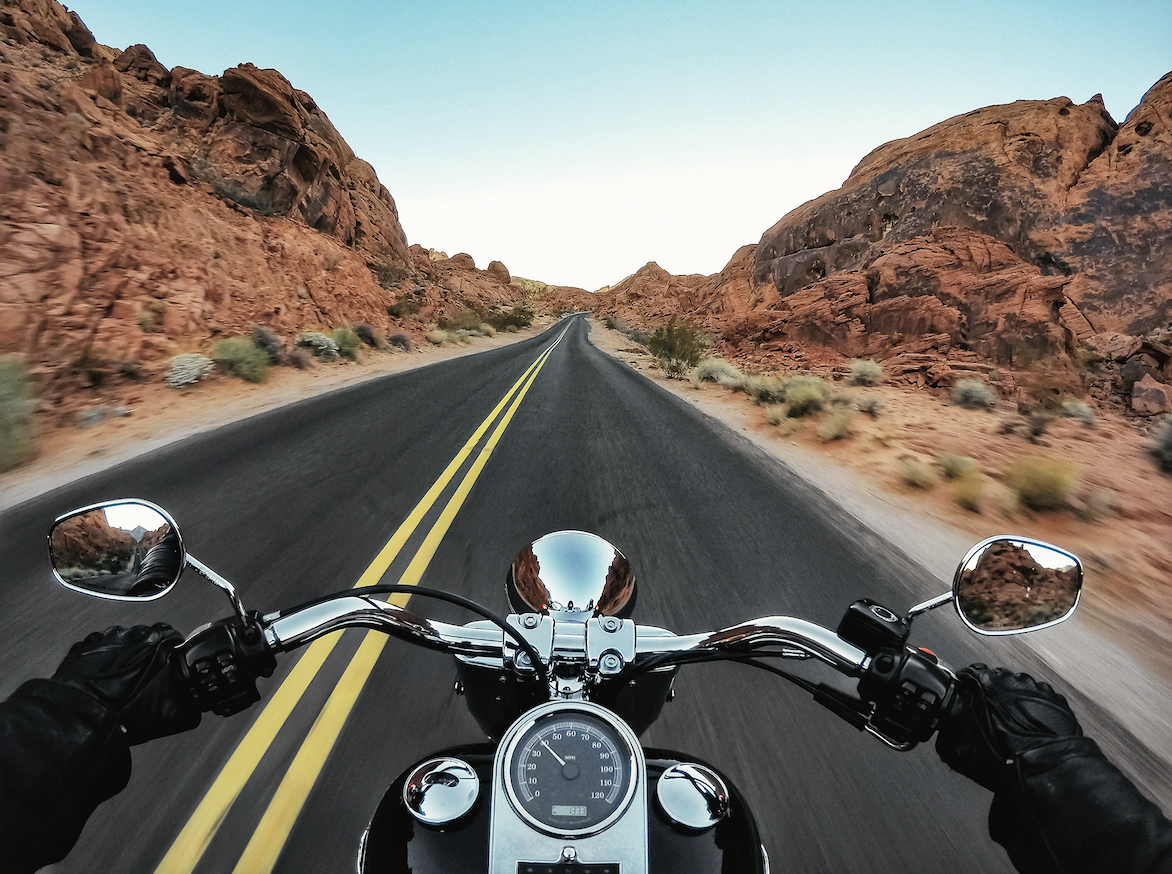
Woodman’s personal story was anything but a straight shot to success. After graduating from UC San Diego in 1997 with a degree in visual arts, the Menlo Park, California, native decided to try his hand at the tech industry. He launched a website called EmpowerAll.com, which sold deeply discounted consumer electronics. The venture failed. His next attempt, a “promotional entertainment platform” called Funbug.com, was a gaming site that paid out “Web-spendable” cash rewards. It, too, failed. Woodman, then 26, headed abroad to clear his head.
While surfing in Australia, Woodman had an epiphany. Only pro surfers with the resources to hire professional camera crews could get good shots of themselves on the water. But Woodman envisioned a simple wrist strap that could hold a disposable camera firmly in place against a surfer’s arm. Though the system was still somewhat unwieldy, Woodman knew he was onto something big.
Funding the venture required a bit of clever arbitrage. Woodman and his girlfriend (now wife), Jill, bought 1,800 Balinese belts at a local market for $1.90 apiece. When they got back to California, they sold the belts out of the back of Woodman’s 1974 VW camper for up to $60 each. Woodman used the profit, about $20,000 he’d saved from the Funbug venture, and about a reported quarter of a million dollars in loans from his parents to manufacture the first run of GoPro camera straps. He finished the straps himself on a sewing machine (borrowed from Woodman’s mother), working up to 18 hours at a stretch.
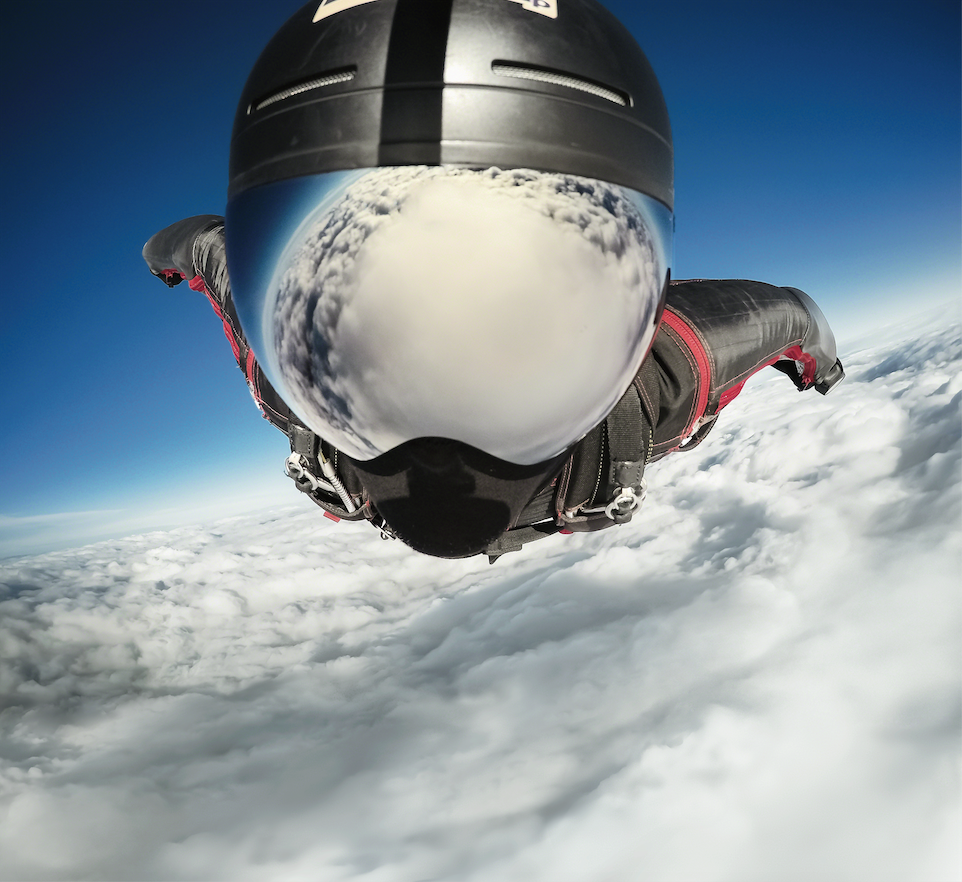
“I can be maniacal when it comes to working out an idea, regularly staying up all night back in the early days,” Woodman says. “The room I Iived in while developing the first prototypes was far from the kitchen, and every time I’d get up for a drink of water my friends that I shared the house with would distract me from work, so I started wearing a CamelBak while sitting at my desk to stay hydrated. And there was a sliding-glass door to the side yard just to the left of my desk, so bio breaks were equally convenient.”
Once he had the strap sorted out, Woodman would need a camera to go with it. He eventually found a 35-millimeter model made in China. Woodman made an old-school prototype using a Dremel tool, plastic blocks, and glue. He mailed it to China, wired $5,000 to get started, and in September 2004 GoPro made its first sale when a Japanese distributor ordered 100 units after seeing the product at a trade show. Woodman’s VW was stolen on the show’s final night.
“I parked it with a full tank of gas,” Woodman recalls. “I hope it’s treating someone well—she was a great bus with a lot of GoPro history. I wrote GoPro’s first patent in that VW, parked on a mountain fire road 2,000 feet above the Pacific Ocean on the Lost Coast of Northern California. Good times.”

Woodman had long been an aspiring racecar driver, and it was on the track that he had his next big idea. In 2006, Woodman went to a race school at Sonoma, California’s Infineon Raceway. He balked at the school’s offer to rent him a car-mounted camera for $100, instead strapping his wrist-mounted GoPro to his vehicle’s roll bar. The results were good enough to plant a seed in Woodman’s mind, and he quickly set his sights on manufacturing a special mount that would let users take the world’s coolest selfies.
GoPro bought a Lotus Exige for some high-speed research and development, a role Woodman assumed eagerly. It would be a chance to expand GoPro’s customer base beyond the surfing community, and Woodman’s team began focusing on a wider range of extreme sports. In 2009, GoPro released its first HD video camera, and sales went through the roof. Woodman, who kept costs down by appearing as the model on GoPro’s packaging in the early days, remembers realizing that something big was happening. “We sat back as a company and said, ‘Oh, my God, people are really freaking out,’ ” he told Inc. magazine.
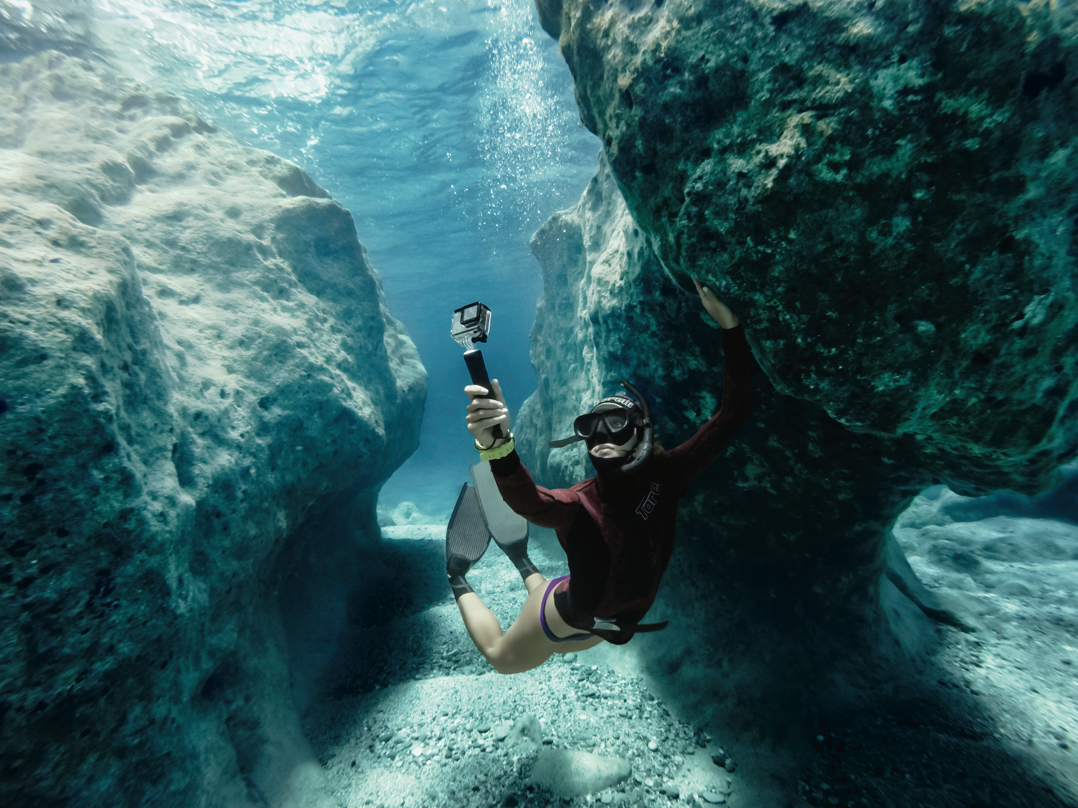
Woodman and his team had long tried, without success, to get their products onto Best Buy’s store shelves. But when legions of fans who had learned about GoPro online began inundating the retailer with requests, Best Buy offered the company a test run at a handful of locations. Sales took off, and in the spring of 2011, Cisco shut down production of its Flip camera, the closest thing to actual competition GoPro had. That September, GoPro received Best Buy’s Bravo! award, which “honors manufacturers and vendors whose innovative and exceptional work exceeds expectations and achieves outstanding results.”
Woodman Labs has gone from three employees in 2002 to a staff of 1,539 today. And GoPro has broken out far beyond the surfing community that birthed it: When the Chilean miners were rescued from a collapsed mine in 2010, a GoPro was mounted on the pod that brought them back up to the world.
Still, the company faces numerous challenges, some more daunting than others. GoPro’s stock is down nearly 50 percent compared to last year, and the company “anticipates difficulty in meeting forecasted demand” due to “compromised” production. According to TechCrunch, it will be “difficult for GoPro to repeat its action camera dominance with both drones and virtual reality…This sentiment was echoed by investors on the earnings call that questioned CEO Nick Woodman’s thesis for the business.” Woodman expects a return to profitability for GoPro in 2017, which he told investors would be “more of an evolutionary year, rather than a revolutionary year.”

Right now, Woodman is focused on the GoPro Karma, a new drone released in October that retails for $799. When bundled with a Hero5 Session or Hero5 Black camera, the Karma will let users take aerial HD video with what Woodman describes as “Hollywood-caliber” stabilization. The Karma experienced a somewhat shaky launch, with the company having to issue a recall a month later, when the units began losing power in midair. However, anyone who bought and returned their Karma under the recall received a full refund, and was given a Hero5 Black as a thank you.
“We’re a storytelling company,” Woodman explains. “Stories help us celebrate and remember our experiences, validating and expressing who we are as individuals. No matter what your story is, we’re going to help you capture and share it…with others, or just for yourself. You’ll be amazed at how happy your own story can make you feel.”
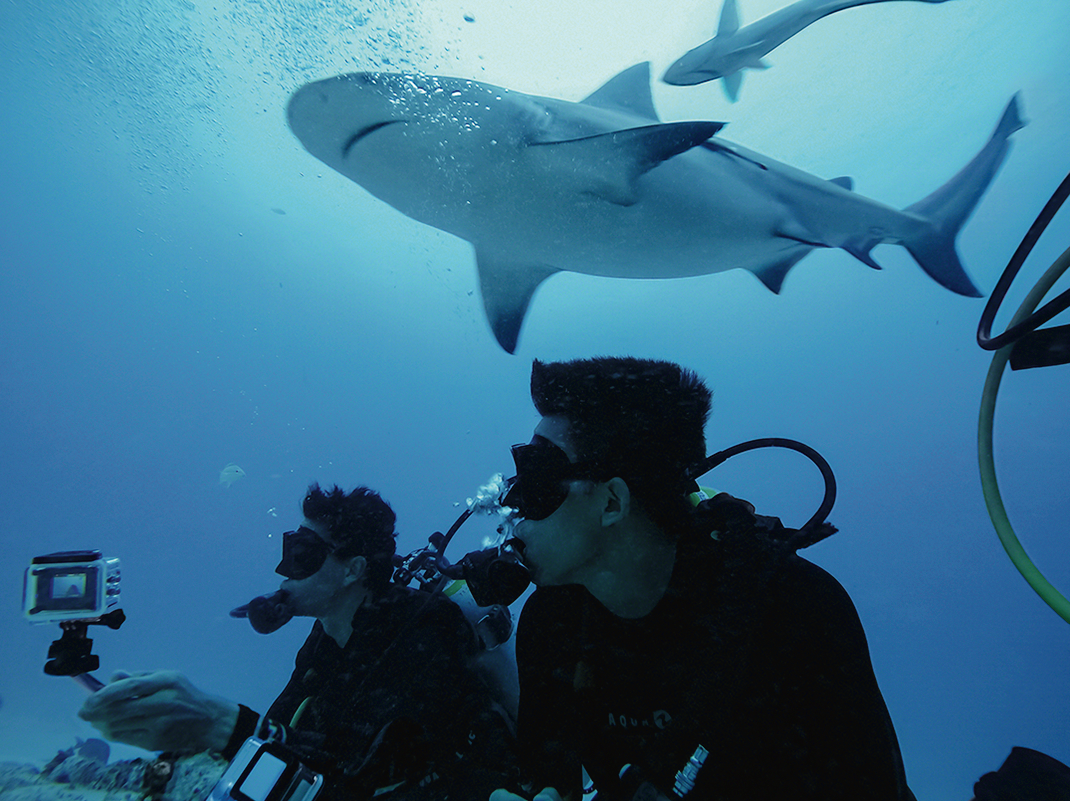
He continues, “People deserve to see themselves doing what they love in life. In a very positive, chi-boosting way, GoPro helps people celebrate themselves in a way that reinforces their identity and brings them happiness. A GoPro’s most basic purpose is to make its owner happy.”
